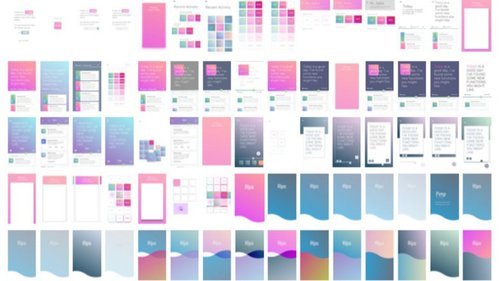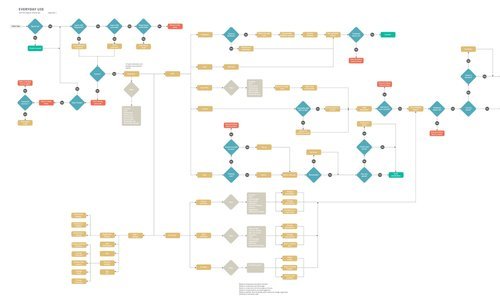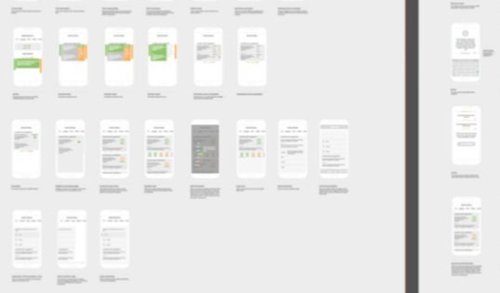Final Master Project University (2017) - The transition to cross ecosystem user experiences
The challenge
Personal data holds immense potential to enhance our daily lives, yet this valuable information remains fragmented across various companies and ecosystems. These entities often lack mutual trust, compatibility, and willingness to collaborate. How can we navigate towards a more favorable future in terms of harnessing our personal data effectively?
Reflection
Designing a solution for this problem isn’t your typical - research - build - test - iterate - validate - succeed story. At this moment I had 5 years of design processes under my belt but this one was different. During this project I felt insecure about the end deliverable because it wouldn’t be a nicely packaged product that could be user validated easily. But I did feel attracted to the complexity of the systems surrounding the problem. I ended up proposing a system for decentralized personal data storage, a personal data assistant to help the user in managing the overload of data and a wearable that acts as simple in and output to reassure the user and train the assistant.
Team
Me
Time frame
1 college year
This is proxy
A personal assistant that helps you manage your personal data stored in your personal vault. During the on-boarding your preferences are taken into account. This changes how Proxy will manage your data. If you’re a very conscious user it will limit API calls and notify you more often if a service would like to obtain access. If you are not that concerned less notifications will appear and a more seamless integration will be automatically available.
“I believe that smart environments should feel as good friends coming over. You know them by heart, can largely predict how they will behave and you will notice it if someone has a problem. You understand them and trust that they have the best intentions for and with you.”
— Wouter van der Wal | Final Master Project
Wearable
This wearable changes color, very slowly to notify the user. This change of color can mean that a device requested access to personal data, e.g. a door lock. Or that the behavior of a service changed. For example a fastfood chain suddenly started asking for your location 200 times a day.
When the user is confronted with a situation in which his or her personal data isn’t used properly a simple swipe on the wrist is enough to let the assistant know that at that moment something went wrong.










